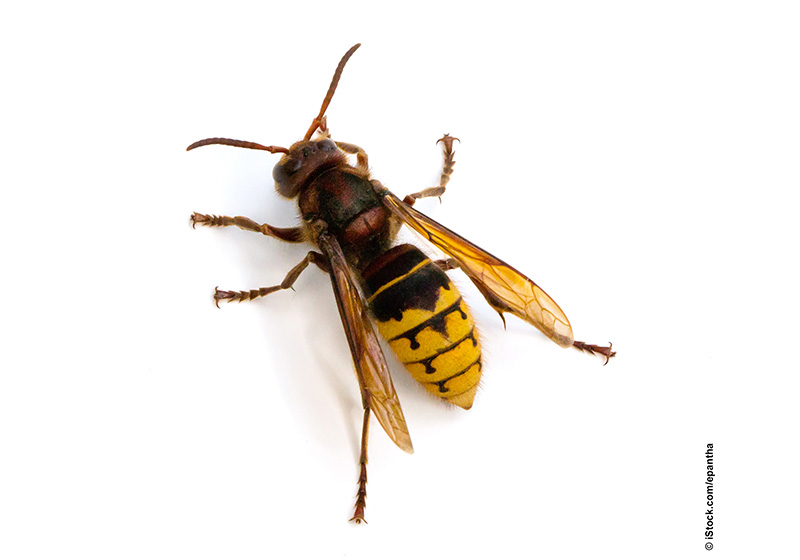Yellow Jackets
What are Yellow Jackets?
Clues that you might have them:
Presence of queen bees inside during the winter months or live worker bees found inside or outside of the structure between late spring into late fall.
If you leave them alone…
Worker bees will continue to multiply. When the nest is on one’s own property the population increase can be anything from annoying for outdoor activities to a health hazard for those sensitive or allergic to bee stings. Unlike honeybees, yellow jackets can sting repetitively and cause serious injury. If they are nesting in an attic, they can chew through ceiling sheetrock and gain entry into the home interior.
When do I call Leupitz Pest Control?
If the nest is on the property or in the house or other adjacent building, call Leupitz Pest Control immediately at (503) 362-8100 to eradicate the nest for the health and safety of adults and children on site.
What can I do?
Prevention & Control
New queens emerge to find a place to start new nests in late summer to mid spring. Over-the-counter yellow jacket traps set outside during this time can be very effective in arresting potential colonies during this time. Traps can catch workers during the summer but as the population increases during the fall they become less effective in control.
Yellow jacket colonies only use their nest one year so any remaining visible nests can be removed and destroying once the colony dies in early winter. Call Leupitz Pest Control at (503) 362-8100 if you need assistance for nest removal.

More Details
At least three species of yellow jackets are found in the Pacific Northwest (V. vulgaris, V. germanica, and V. pensylvanica). Colonies begin with a single fertile queen establishing her nest in an aerial or underground location (depending on species) in the spring; laying eggs and nurturing the larva until they pupate. Once worker bees begin to emerge some 30 or more days later, they take over the growth of the colony and nest construction. Population numbers are generally at their greatest from August to October, when nest populations can easily exceed 1,000. New males and queens will leave the nest in the late fall, where they will mate. Inseminated queens hibernate and survive the winter in a solitary location; the remainder of the colony dies out.
